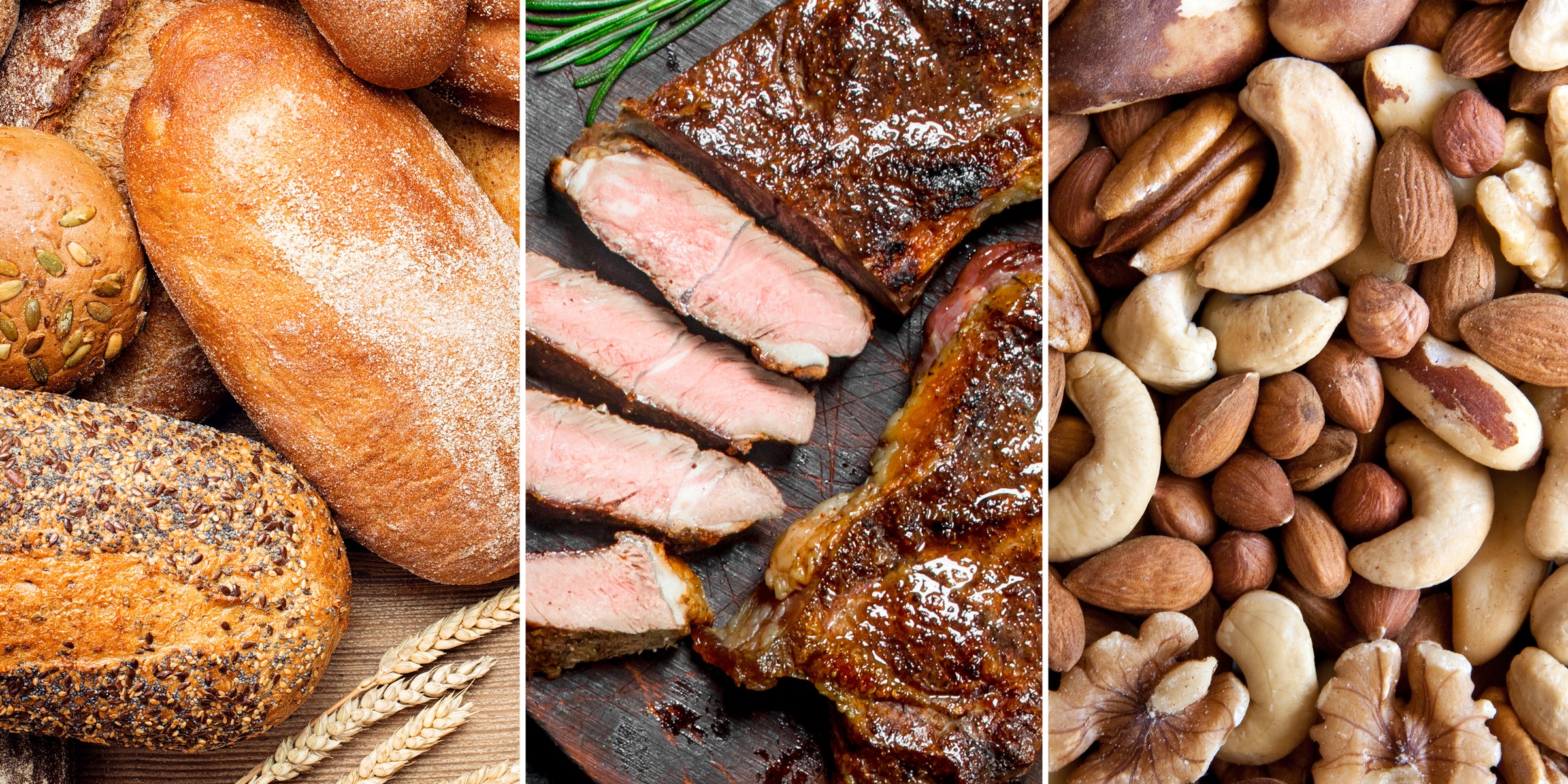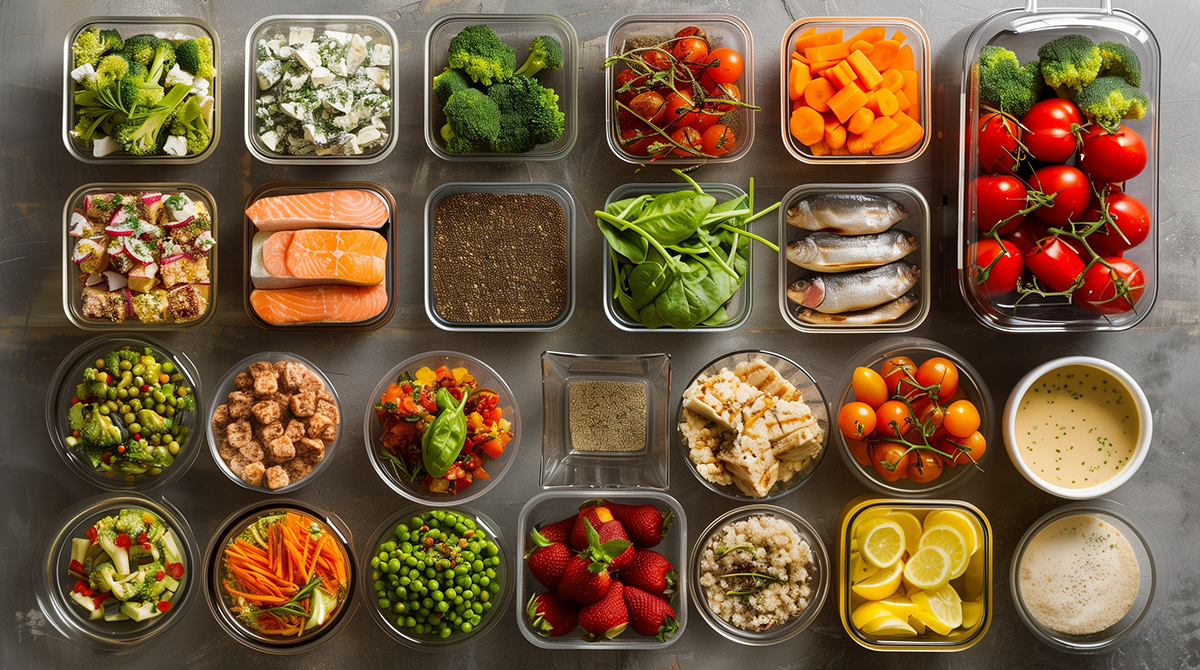Things you’ll learn from this blog… |
You've probably heard macros mentioned if you’ve ever thought about losing weight. Many personal trainers and fitness professionals preach the importance of counting macros to get to grips with your diet and lose weight.
Macronutrients (aka macros) are the carbohydrates, fats, and protein in everything you eat.
But how do they relate to calories, and does it matter how much of each?
In this blog, we’re exploring macronutrients and understanding what they are and why they are essential.
What are macros?
Take a look at the food label on the last thing you ate. You’ll likely see the calories listed and a breakdown of the components that make your food up.
This is the macros…
|
Macros is short for macronutrients, which we need in large quantities to create energy. The three macronutrients are fat, protein and carbohydrates. |
When we talk about the total calories, we can break these calories down even further into calories from each specific macronutrient.
You can combine different macronutrients to reach your total calorie intake. It’s a bit like saying $5 could be made up of five $1 coins, or two $2 coins and two 50c coins. The total is the same, but there are different ways to get there - and how you combine them could impact your weight loss goals.

Why are macros important on a weight loss journey?
You’ll be familiar with counting calories - so is it enough to stop there?
For some people, this might be…
However, you want to ensure you are eating enough (and not too much), and you also want to make sure you are getting a good balance of the right types of food.
This is where counting macros becomes important, as it allows you to ensure that you get the right amount of each type of food.
For example, filling up your calories on pure carbs is probably not the most effective way to build muscle or lose weight, and you’ll be hungry shortly after. Getting the right balance ensures you stay full and ultimately helps you eat less.

What are the three different macros (and how much should you eat)?
There are three macros: carbohydrates, protein and fat, so let’s look into these a little further.
1. Carbohydrates
Carbohydrates get a bad reputation, and many people choose to cut them out almost altogether. However, most exercise uses carbohydrates as the main fuel source, and they are easy for your body to use (even your brain needs it!)
Carbs aren’t just sugar and pastries; the most important source is in food such as vegetables, fruits, rice, and oats.

2. Protein
Protein is the only macronutrient the body can’t store up, so we need to eat it at regular intervals throughout the day.
Proteins are made up of amino acids, which are the building blocks of life. It’s not just about building muscle; protein plays a role in all tissues, including nails, hair and bones.
Plenty of foods have a bit of protein in them, but good sources are meat, fish, dairy, eggs, and protein powders.
3. Dietary fats
Fat is NOT the devil - despite what those 90s and 00s diet magazines would have you believe.
We all need a bit of fat in our diet (it plays a key role in hormone and brain health).
But one thing to remember is that macronutrient fat has nine calories per gram, whereas carbs and protein have four calories per gram. This means you’ll rack up calories quicker with fats.
Healthy fats come from fish, egg yolks, nuts, and seeds.
How much of each macro should I eat?
How many macros you should eat depends on your metabolism, body composition and goals. So it’s not a case of having an exact amount of each macro that you should stick to.
Some general rules you should stick to if you want to lose weight:
1) don’t overeat in terms of total calories
2) eat enough protein throughout the day and
3) eat a healthy, varied diet, so you get vitamins, minerals, and fiber.
However, it is a good idea to eat enough protein. Like we said before, the body can’t store protein like it can store carbohydrates and fat. And protein is the most filling macro of all, so eating enough will help you crush those cravings when you’re dieting!

Guidelines are around 0.75g of protein for each kilogram you weigh, although many nutrition experts recommend you eat more like 1.65g per kilogram or weight. For a woman weighing 75kg, this would equate to around 123grams of protein per day.
Once you have this figured out, you can then break down the rest of your calories between fat and carbohydrates. There is no hard and fast rule for this; it depends on what you find easier to stick to. You must stick to your calories with your macros if you want to lose weight.
Related content: How to stick to your diet and still enjoy your weekend
Should you be counting macros to lose weight?
Some fitness fanatics will measure everything they eat to ensure they are getting the right amount of macronutrients.
That’s probably not going to be necessary for most people (unless you want to).
However, if weight loss is top of your mind, then it’s a good idea to be mindful of macros so that you eat a balanced diet. While you might not need to purchase the macro scales just yet, you will want to understand that you want to combine the macros available with your total calorie balance.




